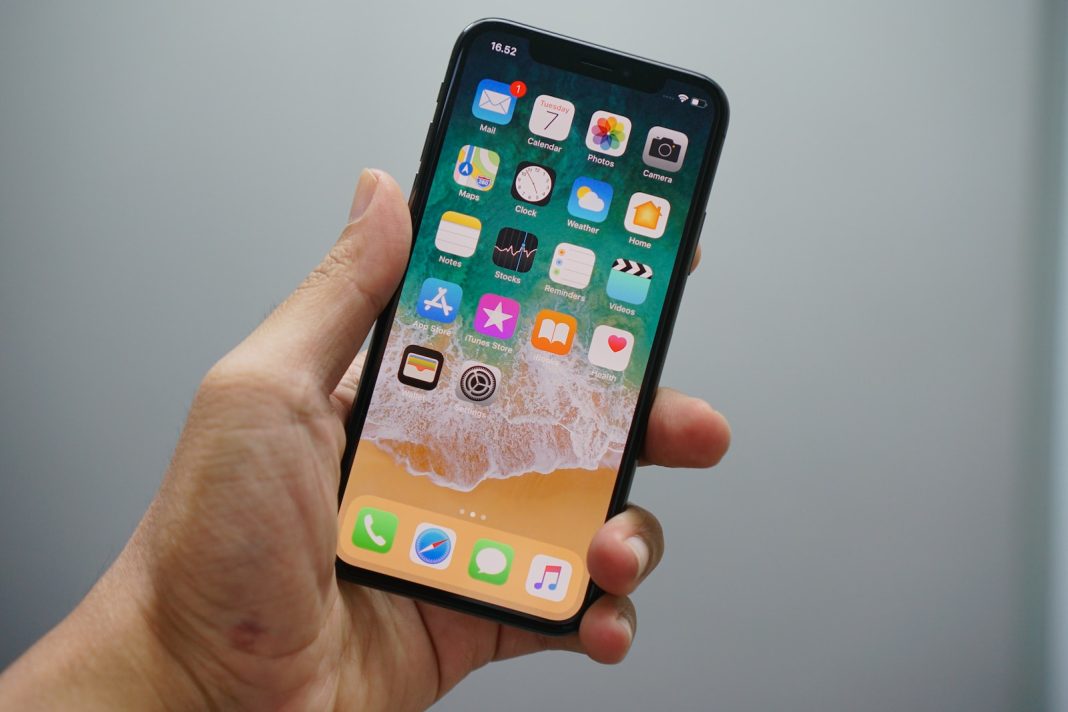In the fast-paced world of technology, Apple enthusiasts are eagerly anticipating the imminent arrival of iOS 17.2. The latest update, currently in its release candidate stage, promises a myriad of improvements, but one feature, in particular, has captured the tech community’s imagination: the incorporation of Qi2 wireless charging.
But what exactly is Qi2 charging, and why is it generating so much buzz?
The Qi2 Advantage: Magnets and More
The key innovation lies in the magnets. Developed by the Wireless Power Consortium (WPC), Qi2 stands out with its magnetic prowess. Much like Apple’s MagSafe chargers, Qi2 devices boast the ability to magnetically attach to compatible devices, ensuring a secure and consistent charge. This magnetic harmony is made possible through the introduction of the Magnetic Power Profile (MPP), a feature that not only facilitates a stable charge but also allows users to interact with their phones without the nagging concern of the charger disconnecting.
Initially, Qi2 will operate within the familiar 15W standard seen with MagSafe. However, the WPC has promised future iterations will be even more potent. Enthusiasts are hopeful that this development will merge the convenience of magnetic wireless charging with the brisk pace associated with wired fast charging.
Qi2: Bridging the Platform Gap
Beyond its magnetic allure, Qi2 brings another game-changing advantage to the table. While MagSafe exclusively magnetically attaches to Apple devices, Qi2 takes a more inclusive approach. It seamlessly accommodates both Android and Apple devices, broadening the horizons of wireless charging compatibility.
This inclusivity is a breath of fresh air for iPhone users. Those heavily invested in MagSafe might initially perceive Qi2 as redundant. However, its significance becomes apparent when considering the future landscape of wireless charging accessories.
A Quantum Leap for iPhone Charging Speeds
For avid MagSafe users, the introduction of Qi2 might appear incremental. After all, MagSafe chargers already establish a precise connection with iPhones. Yet, the real breakthrough lies in the potential for faster charging speeds across a broader range of accessories.
Presently, non-MagSafe Qi chargers are constrained to a 7.5W output, resulting in slower charging speeds. While MagSafe doubles this speed, the accessibility of affordable wireless chargers lags behind. Qi2 steps in to maintain the 15W output, ensuring that users can enjoy swift charging speeds even with third-party Qi2 chargers. This not only eliminates the need to endure prolonged waiting periods but also opens the door for cost-effective alternatives.
Moreover, Qi2 heralds the prospect of third-party manufacturers developing wireless chargers akin to MagSafe without incurring the infamous “Apple tax.” With MagSafe chargers priced at $39, the potential emergence of 15W Qi2 chargers in the $15-$20 range offers a more economical choice for consumers. It’s a shift that might redefine the dynamics of the wireless charging accessory market.
When Can You Experience Qi2 Charging?
Despite the excitement surrounding Qi2, there’s a catch – the absence of available Qi2 chargers in the market. As iOS 17.2 rolls out, users may find themselves with Qi2-compatible iPhones without the corresponding charging accessories. This creates an intriguing scenario where users could possess a cutting-edge feature that is yet to be fully utilized.
Charger manufacturers are undoubtedly gearing up to launch Qi2-compatible chargers. The delay, however, underscores the need for consumers to exercise patience. If you’re eyeing a Qi2 charging experience for your iPhone 13 or newer, it might be wise to keep a watchful eye on the market for the impending arrival of these revolutionary chargers.
In conclusion, Apple’s iOS 17.2 is not merely an incremental update but a gateway to a new era of wireless charging. The integration of Qi2 technology, with its magnetic prowess and promise of faster charging speeds, marks a significant leap forward. As the tech community eagerly anticipates the arrival of Qi2-compatible chargers, the future of iPhone charging appears brighter than ever, promising both convenience and affordability.


